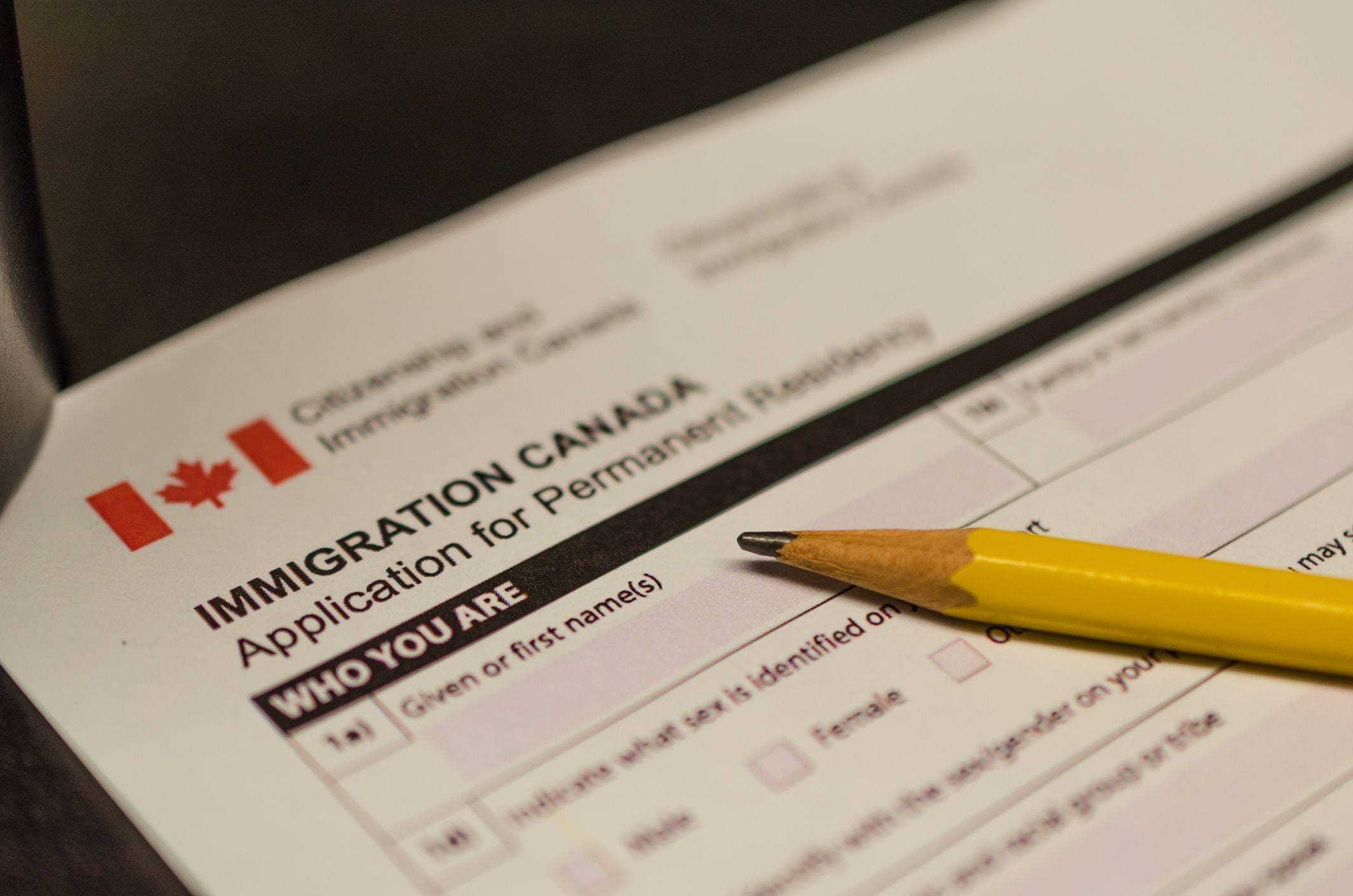Finding yourself tied to a specific employer with a closed work permit in Canada can feel limiting, especially if your job situation changes or you seek more flexibility in your career. If you're wondering how to switch to an open work permit, you are not alone. Many temporary foreign workers are looking for ways to gain the freedom to work for any employer in Canada. This guide will help you understand closed work permits, their limitations, and the steps you need to take to transition to an open work permit.
Understanding Closed Work Permits
A closed work permit, also known as an employer-specific work permit, is a type of valid work permit that restricts a foreign worker to employment with a single employer, in a specific job, and at a designated location.
Limitations of Closed Work Permits
The primary limitation of a closed work permit is the restriction on employment mobility. If the worker loses their job or wishes to change employers, they must apply for a new work permit, which involves obtaining a new job offer and often a new Labour Market Impact Assessment (LMIA). Other limitations include:
Employer restrictions: You can only work for the employer named on your permit.
Job-specific restrictions: Your role and job duties are defined by your permit.
Location restrictions: You must work at the location specified in your permit.
Switching to an Open Work Permit
Switching to an open work permit offers greater flexibility and freedom to work for any employer in Canada, with some exceptions. Open work permits are not job-specific and do not require an LMIA.
Steps to Take After Losing Your Job
Since a closed work permit ties you to a specific employer, losing your job means you can not legally work for another employer until you obtain a new permit. You can remain in Canada as a visitor for the duration of your existing work permit. This allows you to stay in the country legally while you search for a new job.
If you find a new employer willing to sponsor you, you can apply for a new closed work permit. This process involves the employer obtaining a positive Labour Market Impact Assessment (LMIA) and you submitting a new work permit application to Immigration, Refugees and Citizenship Canada.
Applying for an Open Work Permit
Several pathways allow for the transition from a valid closed work permit to an open work permit:
Spousal Sponsorship: If you enter into a relationship (marriage or common law partner) with a Canadian citizen or permanent resident, you may be eligible for an open spousal work permit.
Spousal Open Work permit: If you enter into a relationship (marriage or common law partner)with an eligible foreign national who has a valid temporary visa, you may be eligible for an open spousal work permit.
International Mobility Program: Certain programs under the International Mobility Program may allow for open work permits without the need for an LMIA.
Bridging Open Work Permit (BOWP): If you have submitted a permanent residence application under specific economic classes (such as Express Entry), you may be eligible for a BOWP.
Permit for Vulnerable Workers: Migrant workers experiencing abuse or at risk of abuse under an employer-specific work permit may qualify for an open work permit exempt from LMIA under section 207.1 of the Immigration and Refugee Protection Regulations (IRPR).
Open Work Permits for Vulnerable Workers
Canada recognizes the challenges faced by migrant workers on employer-specific work permits, especially those who experience or are at risk of abuse. To address these issues, the Immigration and Refugee Protection Regulations include provisions that allow vulnerable workers to apply for an open work permit, exempting them from the LMIA requirement. This initiative aims to protect migrant workers from abusive situations and provide them with the means to seek alternative employment.
Definition and Examples of Abuse
Abuse includes physical, sexual, psychological, and financial abuse, as well as reprisals. Examples include:
Physical Abuse: Hitting, slapping, or confining a worker, and unsafe living conditions provided by the employer.
Sexual Abuse: Forcing or manipulating a worker into sexual acts.
Psychological Abuse: Intimidation, threats, or controlling behavior.
Financial Abuse: Withholding wages, stealing money, or controlling a worker's finances.
Reprisal: Disciplinary actions, demotions, or threats in response to the worker reporting abuse or cooperating with inspections.
Applying for an Open Work Permit
Migrant workers experiencing or at risk of abuse can apply directly to Immigration, Refugees and Citizenship Canada for an open work permit.
The application must include a letter of explanation detailing the abuse or risk of abuse, along with any supporting evidence such as reports from abuse support organizations, medical professionals, or law enforcement agencies.
Eligibility requirements for the open work permit include:
The worker must be in Canada.
The worker must have a valid employer-specific work permit or be on maintained status after applying for a renewal.
There must be reasonable grounds to believe the worker is experiencing or at risk of abuse in their employment context.
Open work permits for vulnerable workers are typically valid for 12 months, considering the time required for the worker to find new employment and obtain a new work permit if needed.
IRCC prioritizes processing these applications and aims to contact applicants within five business days of receiving their application. The work permits are coded specifically for vulnerable workers and exempt from processing fees.
Maintaining Your Immigration Status
Maintaining your temporary resident status is crucial while transitioning from a closed work permit to an open work permit. Ensure your permit remains valid, and apply for any new permits before the current one expires. If your work permit expires, you must apply to restore your status within 90 days.
Seeking Advise from AKM Law as Your Immigration Lawyers
Switching from a valid closed work permit to an open work permit in Canada can significantly enhance your employment flexibility and job security. Understanding the limitations of closed work permits and exploring the various pathways to an open work permit are essential steps. By maintaining your immigration status and carefully navigating the application processes, you can successfully transition to an open work permit and enjoy greater freedom in your Canadian employment journey.
Legal Disclaimer: This article provides general information only and does not constitute legal advice. For legal advice, consult the relevant legislation or regulations, or contact our immigration lawyers directly.

)
)
)
)
